Description
This is one unique coffee! We have carried only a few of these Fruit Fermentations coffees in the past, some have loved them, some have not, but a very fun and definitely unique offering for home roasters. Part high quality Colombian coffee, part citrus science experiment. Flavored enough by the crazy processing that the crowd will be split on this one but we found much joy drinking it. Be ready for new tastes, these co fermentations have been loved by many customers but are far from traditional.
Co-fermenting a high end Geisha, the coffee world is a crazy place. Cofermenting is basically adding some kind of other fruit or flowers into the fermentation tank when the coffee is processing. In a way, kind of like making a beer or fruit wine, but with coffee beans instead. In this case, they used lemon and lime, which definitely plays on the floral and sweet qualities of the Gesha bean.
We could only get our hands on 82 pounds of these beans and want to spread the fun, so please, 2 pound max purchase.
Tasting Notes: Holy aromatics, nothing smells like these conferment coffees, even grinding them, one will know they are in for something different. The floral, jasmine and citric in the aromatics is quite incredible. A bit potent for sure, you could blend this down a bit with something neutral to still get a distinctively floral cup. Besides the aromatics, when the coffee first hits the tongue you get a crisp lemon tone that quickly fades into overly sweet and floral like notes. Pulls some balance with a little Colombian dry nuttiness with a bit of lime lingering on the tongue in the aftertaste. I am not a huge limey coffee fan but got to say, this taste combination works very nicely. The darker you roast, the more body and slightly nutty contrast the cup will have but there will be no missing the sweet floral and citric in this cup.
Roasting Notes: We thought it worked best in the light to medium roast levels. Clean coffee for sure, will taste on par assuming you are 90%+ through first crack. Light roasts can be very sharp and will accentuate the citric and floral, very little darker toned balance and would be considered very bright coffee. Being a nano lot, these beans do vary a bit in size and will roast a little uneven. We consider it an easy to roast coffee, for it tasted good a bit too light or too dark but can be a little tricky to dial in. We thought a nice example after waiting 36 hours, but these crazy coffees can gain some wonderful tastes with a longer setup, many shoot for 4-7 days before they start drinking them.
Finca Los Sauces & “Lime Lemon” Processing
Finca Los Sauces is a small family farm managed by Jaider Hermida Cárdenas and Johan David Calderón, cousins and 3rd generation farmers who grew up immersed in coffee cultivation in the presence of their parents and grandparents. Jaider, 22 years old, trained as a barista and cupper, and Johan, 18, studied coffee cultivation, both enrolling in different specialties in Colombia’s Servicio Nacional de Aprendizaje (SENA), a kind of national vocational school that, being Colombia, heavily specializes in all aspects of the coffee industry. As producers they work together to fine-tune their lot separation and processing techniques to achieve the best results possible within their means.
This particular microlot is a co-fermented fully washed coffee. Hand-harvested gesha cherry on the farm was floated for density and then hand-sorted again for color consistency, so that only perfectly ripe, dense fruit was used. After this vigorous sorting was complete, the cherry was depulped and placed in plastic drums for fermentation. Taking advantage of the abundance of local citrus, the cousins added freshly squeezed lemon and lime juice directly into the fermentation drums at a ratio of 1L of juice for every 50kg of freshly depulped parchment.
Fermentation was a 2-stage process, and a very long one overall. First, the coffee and juice were allowed to ferment together, closed in the drums, for 90 full hours. After this first segment, the drum lids were removed and the coffee was allowed to continue fermenting openly for another 180 hours. After the full 270 hours of fermentation, the parchment coffee was washed clean of all residual mucilage and citrus juice and moved directly inside the cousins’ greenhouse to dry on raised screens. Drying was slow and steady and took 26 days to complete.
That’s right, it took 36 days to process this lot.
The Origin:
As lauded as southern Huila is with roasters all over the world, a true gesha separation from this part of Colombia is still exceedingly rare. This microlot comes from a single 3.5-hectare farm co-managed by two young cousins, just 18 and 22 years old, who are already local leaders in varietal farm management and processing.
Colombia has no shortage of unique coffees, but this one is truly remarkable. The typically light, powdery florals of the gesha cultivar are electrified by the addition of citrus juice in the fermentation, becoming bracing and saffron-like with a clean and long-lasting sweetness evocative of lychee and watermelon syrups. The flavor range is broad and still totally harmonious. It’s a wonderful result.
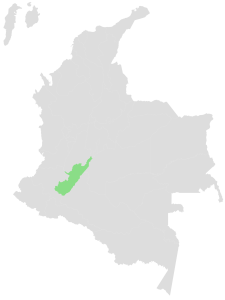
Southern Huila
Huila is arguably Colombia’s best-known department for top microlots. Huila’s geographical accessibility, dense population of knowledgeable farmers, warm and subtropical forests, high elevations, and microclimate diversity have for many years sustained one of specialty coffee’s most beloved regions. The fact that most of the department is harvesting coffee almost every month of the year means that fresh coffee is always available.
Huila is a long and narrow valley that follows a winding gap between two large cordilleras of the Andes. Colombia’s 950-mile long Magdalena river has its source in southern Huila and has shaped the agriculture here for centuries. Uphill from the valley’s lush and picturesque lower slopes are a diverse array of coffee producing communities, often dramatically steep, and each with their own unique climate and history.
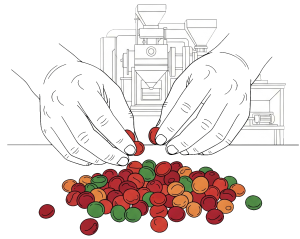
1. Selection and Pulping
First, only the ripest and sweetest coffee cherries are picked by hand. Then, a machine removes the outer skin, leaving the bean covered in a sweet, sticky layer called mucilage. This layer is the key to the next step.
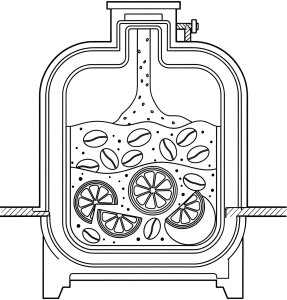
2. Fermentation with Added Ingredients
The beans are placed in sealed, oxygen-free tanks to ferment. Other ingredients, like fruits or spices, are added to the tanks. The natural microbes feed on the sugars from both the coffee and the added ingredients, creating brand-new, unique flavors and aromas in the bean.

3. Drying
After fermentation, the beans are spread out on raised beds, which allows air to circulate evenly around them. They are dried slowly until they reach the ideal moisture level. This is a critical step to stop the fermentation process and lock in all the exotic flavors that were just created.
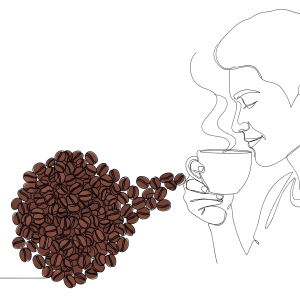
4. Roasting and Tasting
When the coffee is roasted, the heat brings the unique flavors from the fermentation stage to life. A very careful roasting process is needed to highlight these special notes without overpowering them. Finally, the coffee is tasted to confirm that the complex and unique flavor profile they were aiming for was achieved.
Terra Coffee SAS
Finca Los Sauces is a part of Terra Coffee SAS, a local producer group established in 2016 by Juliana Guevara and Wbeimar Lasso, with a narrow focus on developing high quality coffees alongside select producers in the Huila and Nariño departments and sharing them with the world. The small company manages one single producer association in each department where they work, “Ecoterra” in Nariño, with 140 producer partners, and “Terra Verde” in Huila, with 120.
For Terra Coffee SAS as a whole, quality in coffee is very rationally understood as a direct pathway to well-being for volume-limited, small coffee farming families. Driving their business model is an understanding that quality results from small harvests have direct impacts on not just the farm owner, but the many dependents on each small farm, including young children, older adults, and the women of the household performing essential labor that often goes unpaid. By increasing quality and placing microlots in the market, Terra Coffee SAS plans not only to increase prices to growers and their families but also increase their sense of pride in the details of their work.
PRICIPAL NOTES



RoseWatter Gringer Lime
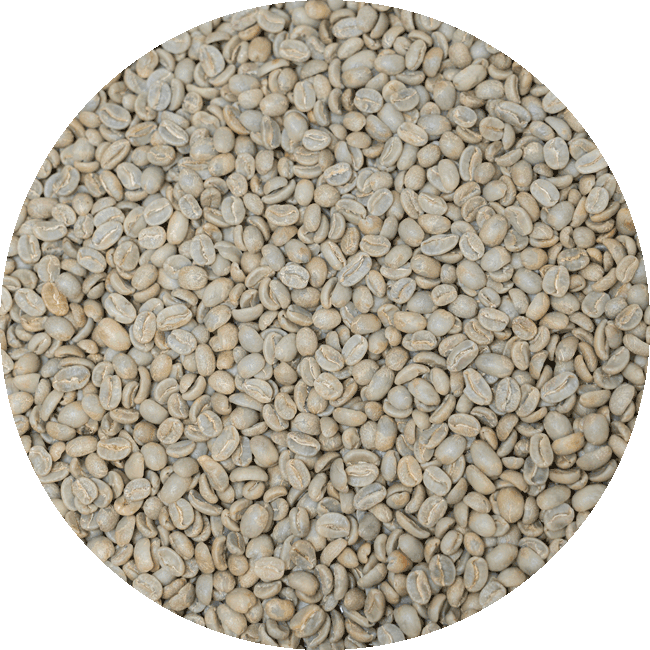
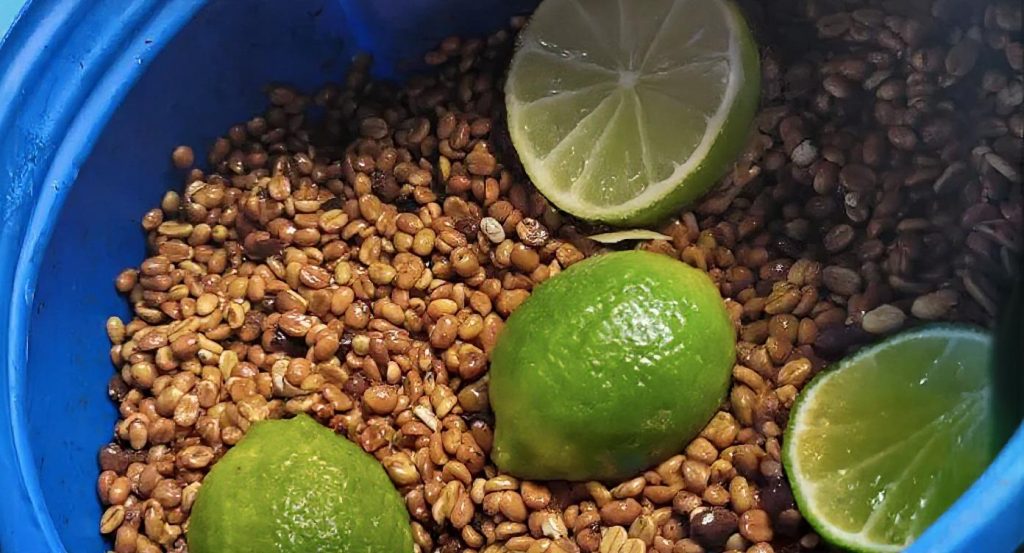
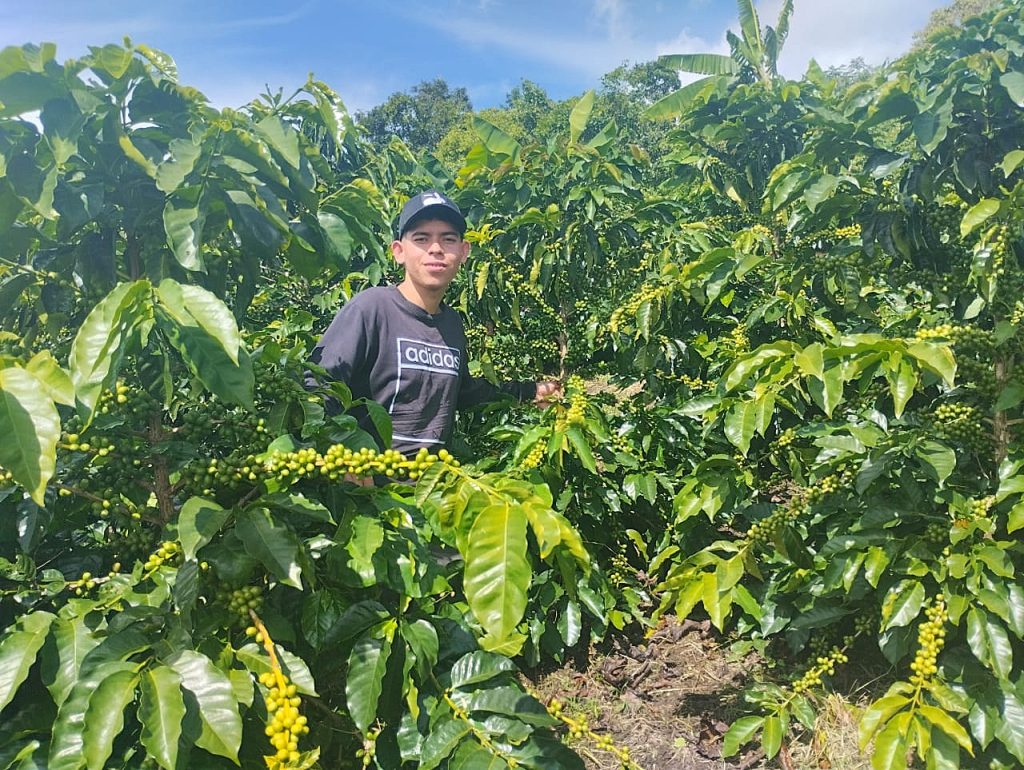
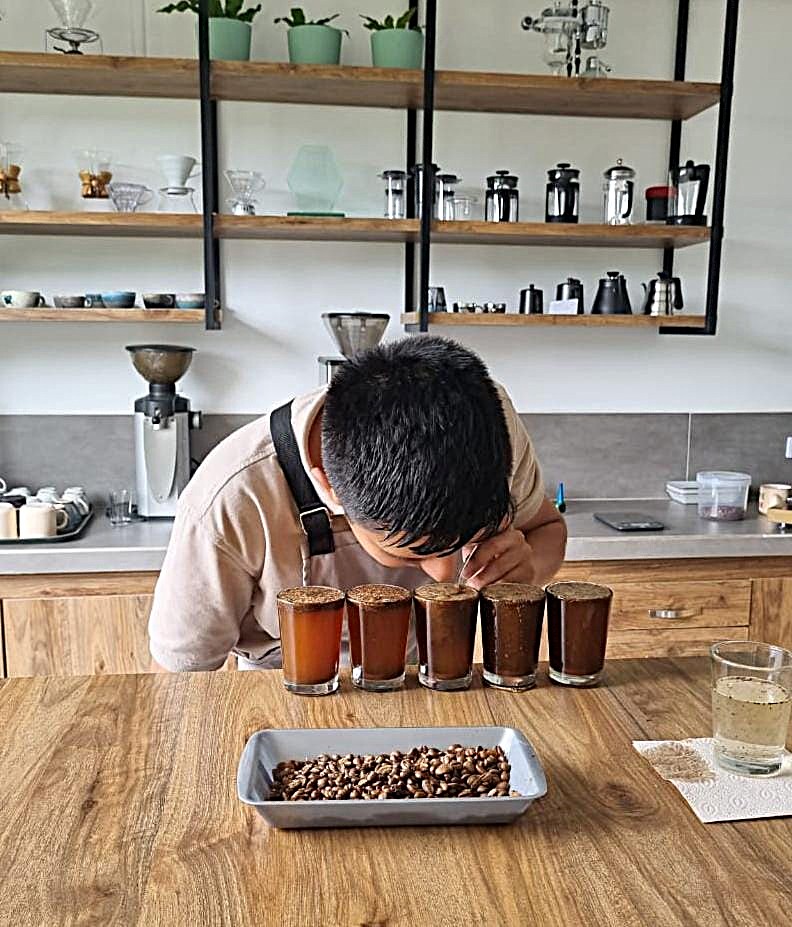
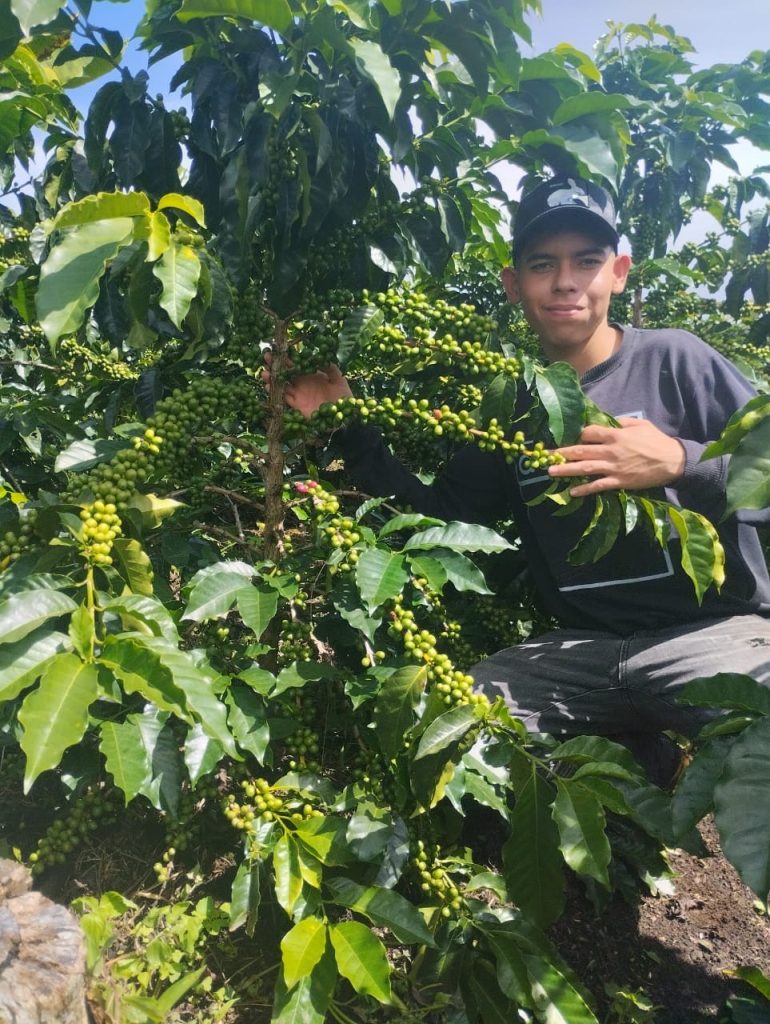
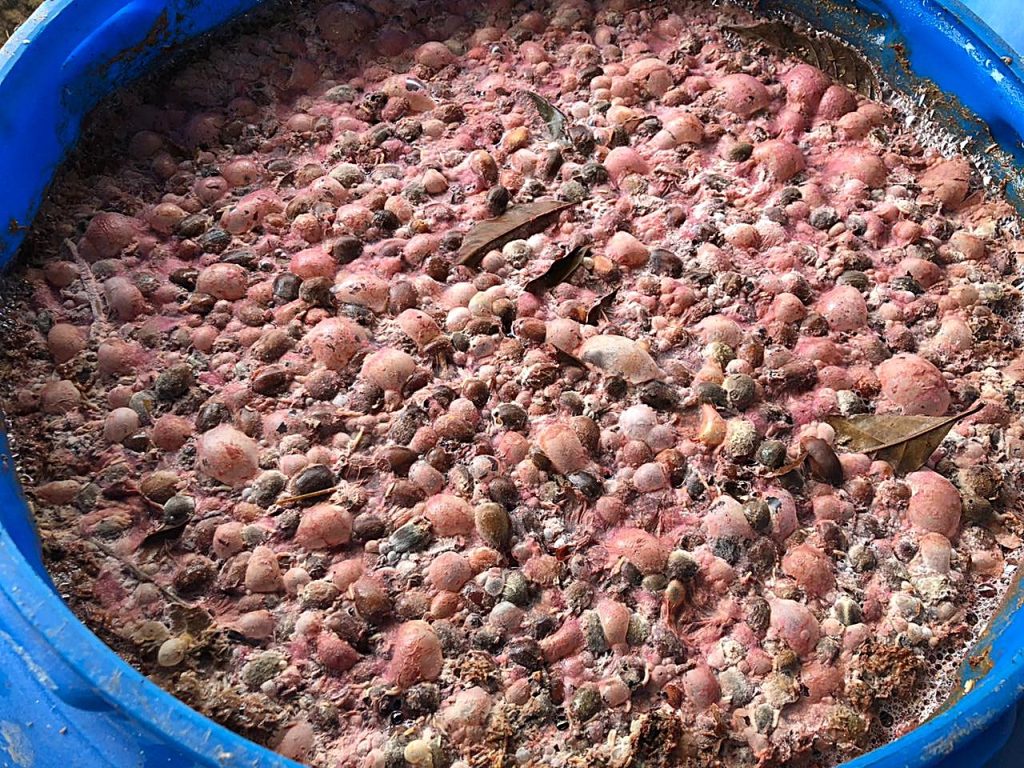
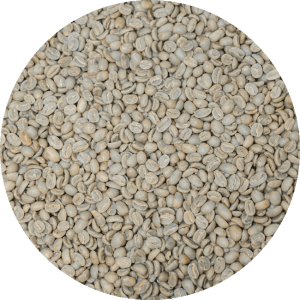
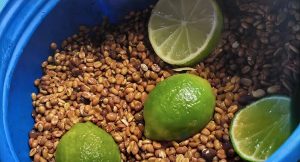
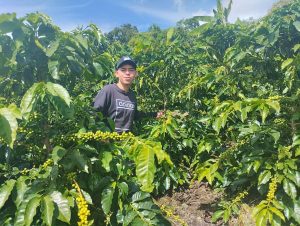
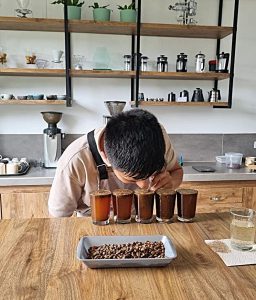
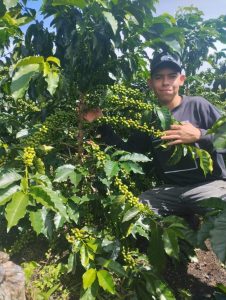
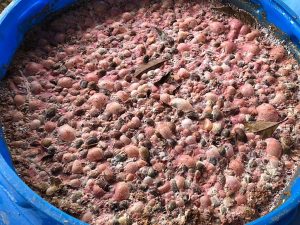

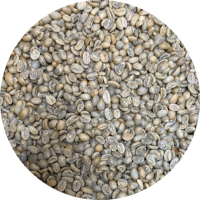
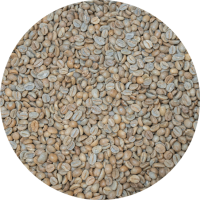

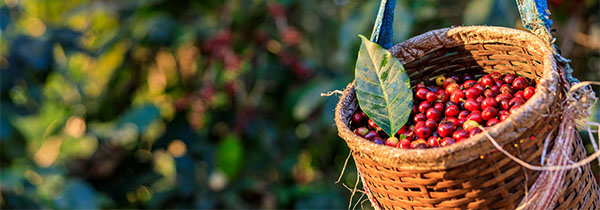
Reviews
There are no reviews yet.